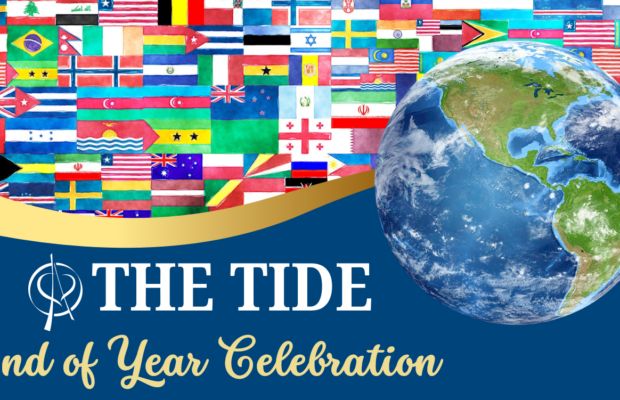

In 1989, the Lausanne Movement published an Occasional Paper titled “Radio in Mission” which enthusiastically laid out the strengths of using Christian radio broadcasting to reach the unreached:1
In our world today we find barriers to the Gospel of various kinds. The ideological barrier, as characterized by Iron and Bamboo Curtains, has perhaps attracted the most attention and evoked the greatest sympathy for those thus separated from us. Less obvious have been the more subtle barriers erected by religion and culture, in many ways more formidable than the ideological. How can those bound by the caste system of India, for example, be given a reasonable opportunity to hear and understand the Gospel? Or the strictly Muslim Aceh of North Sumatra in Indonesia? How likely is it for the Japanese teenager to defy family pressures in order to go to church?
Even in western cultures, overtaken by materialism and vulnerable to movements such as New Age, radio may effectively be used to spread a Christian world view and uphold Christian values.
For each of these the Gospel can be put in the marketplace of ideas by radio. As radio stations today are continually spewing out entertainment, propaganda and a variety of viewpoints we too as Christians can float our beliefs, outlook and opinions to put alongside philosophies alien to the Gospel. Thus seeker and non-seeker alike can ‘shop’ in that marketplace without even leaving the seclusion and safety of his own room.
The Iron Curtain would fall within months and numerous geopolitical events would reshape our world, but the first sentence remains just as true 35 years later: “In our world today we find barriers to the Gospel of various kinds.”
However, one thing that has changed, and will continue to change, is technology. In many areas of the world, the preeminence of radio as a medium of communications is waning.
Take Egypt for example. In 2013, Gallup conducted a poll among Egyptians and noted that “Television viewing is ubiquitous in Egypt and by far the most common source of information for its residents. Nearly all (98.8%) Egyptians have a working television in their home, while just 37.9% of Egyptians have a radio.”2
This trend has continued. A 2024 research paper by the European Journalism Centre3 noted that the total daily average of broadcasting hours by Egyptian radio stations dropped from 482.9 hours in 2011, to 272 hours in 2016. Egypt has the most extensive and powerful radio broadcasting system in the Arab region, so this number would be even lower in other countries in the Middle East. For example, 2022 polling estimated that only 4% of Generation Z in Saudi Arabia tune into FM radio, while 39% tune into digital audio via the Internet.4
In order to reach as many people as possible, The Tide takes these changing factors into account when developing new partnerships. In the Middle East, our Children’s Program is broadcast via satellite television due to its popularity relative to radio. Our partners also have developed a social media presence where viewers can turn in via the Internet, which is an increasingly popular medium for the younger generations. As technology continues to evolve, we strive to evolve our approach as well. However, while strategies will change, the end goal of fulfilling the Great Commission will continue to bind us together.



